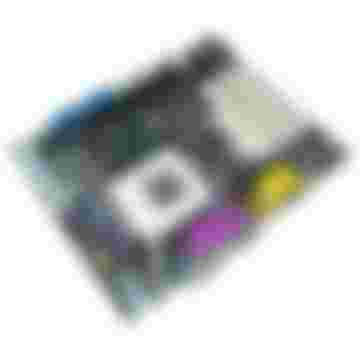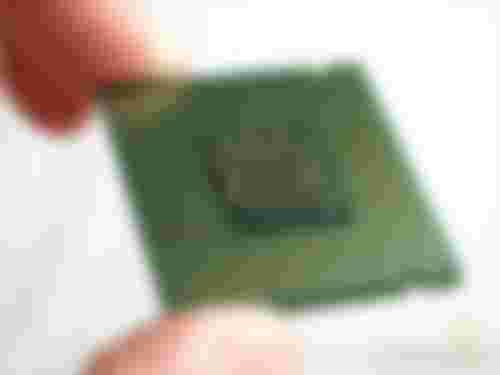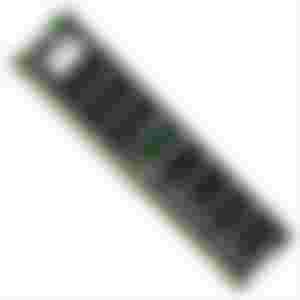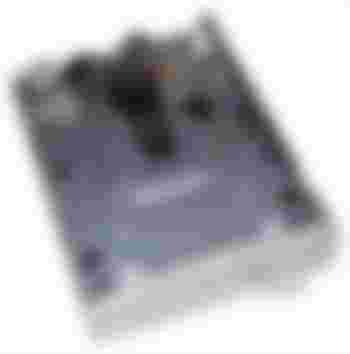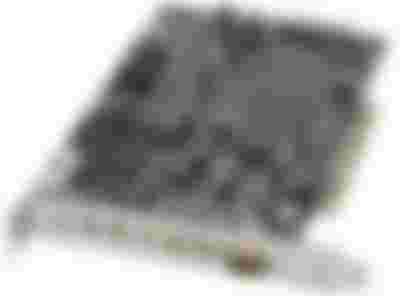MAIN COMPUTER PARTS
There are many parts of a computer, but we will concentrate only on those that every computer must have in order to function.
HOUSING
A tin box, which people call a hard drive, is actually a case that houses the motherboard, processor, hard drive, floppy drive, graphics card, and other components. The quality of the case is not crucial, so the choice is made based on the type (AT or ATX) and power supply. The type of housing must match the chosen motherboard, and it should be said that today ATX is becoming increasingly popular, both because of the newer motherboards that are made in this format, and because of the advantages that this system brings. Compared to the AT standard, the ATX is connected to the motherboard at a higher level, so the computer can be activated at a specified time, or on demand via a modem or network card. In terms of price, housings from well-known manufacturers are more expensive mainly due to a more reliable power supply.
MOTHERBOARD
If we looked at computer parts as human organs, then we could look at the motherboard as a skeleton. A motherboard is what connects all the other parts of a computer. All other devices are connected to it: mouse, keyboard, processor, hard disk ... We can freely say that the motherboard, along with the processor, is the most important device on the computer.
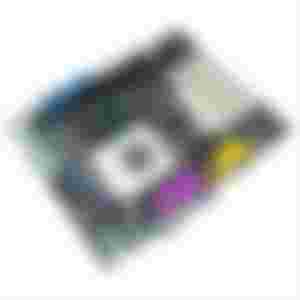
Motherboard The motherboard is selected according to the processor. The motherboard plays an important role in the computer - it depends on the type and number of additional cards that we can install, as well as the maximum amount of memory. Some boards are made with built-in sound and graphics cards (sometimes a modem and a network card), which narrows the choice, but also reduces the price. As a rule, such "integrated" motherboards should be avoided.
PROCESSOR
Most of the work of a computer comes down to data processing. While playing a game, typing text or drawing, millions of data are processed in a split second somewhere in the computer. The processor or CPU (central processing unit) is responsible for processing all this data, and as such represents the brain of the computer. It practically controls the operation of the entire computer, and to a large extent mediates between the individual components contained in it. It also largely determines the speed of the computer.

The higher the frequency of the processor, the faster the computer will run. The basic unit of measurement of processor frequency is megahertz (MHz). The speed of modern processors goes up to 3000 megahertz. Windows XP requires a processor with a minimum speed of 233 MHz, but it is recommended that the processor speed on a computer running Windows XP exceed 400 MHz.
The key feature of all processors is clock, ie. the frequency at which the processor runs - the higher the clock speed, the higher the speed of the computer. This statement should be understood conditionally because the speed of a computer depends on other components (disk, graphics (video) card, amount of memory, etc.), and what is even more interesting, the dependence is not linear.
The processor architecture is very complex and exceeds the needs of this work. it can only be said that the processor contains: registers, counters, adders, decoders, etc.
Registers are small, high-speed memory networks that are used to temporarily store data and instructions during processing.
Counters are devices whose contents can be automatically increased or decreased to a certain value and thus can count the "number" of required computer operations.
Collectors are electrical circuits used to perform arithmetic operations.
Decoders are electrical circuits that analyze individual instructions of computer programs and begin their execution.
Buffers are fast temporary areas of memory for storing part of a program or data during processing (also called cache memory - is a fast low-capacity memory, located between the processor and the operational, main, memory).
Channels are special purpose processors that control the movement of data between the processor and the input - output units.
RAM MEMORY
The RAM stores data that is currently being processed by a computer. This practically means that if the processor is used for data processing, RAM is the place in the computer where that data is processed. The contents of the RAM are cleared when the computer is turned off. It also affects the speed of the computer - the more RAM, the less time the processor will need to process the data. The basic unit of RAM capacity is a megabyte (MB).
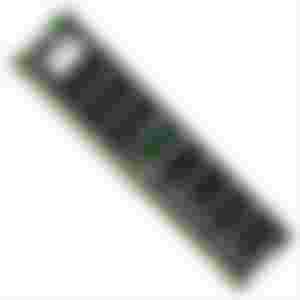
Windows XP requires at least 64 MB of RAM, but it is recommended that the computer that is running Windows XP with over 128 MB of RAM memory.
Today's modern home computers have up to 2048 megabytes (2 GB) of RAM.
ROM MEMORY
ROM (Read - Only Memory) is another basic type of working memory. Unlike RAM, ROM memory is used to store data permanently. It stores data that is immutable and does not change when you start or work with your computer. Data from this memory is constantly present, cannot be changed, nor can new data be written to it. ROM is used for computer operating systems and for certain commands of all computer systems. This memory is pre-programmed and comes as a special-purpose chip built into the system board.
HARD DISK
Almost all of today's disks are similar in terms of access speed and information flow. A hard disk or hard disk drive is a device for storing data. All programs, documents, music and movies that we have in our computer are stored on the hard disk. Unlike RAM, it also stores data when the computer is turned off. Naturally, the more space (memory) on the hard disk, the possibilities of the computer grow: more programs can be installed, more data can be stored ...

Unit of measure
The smallest unit of space (memory) on a hard disk is a byte, and the largest is a gigabyte. One byte represents so small a part of the hard drive on it can fit only one literal character (eng. Character ). Since it represents such a small part of memory, a byte is a unit of measure that is rarely mentioned in practice. In practice, we will hear about gigabytes, megabytes and kilobytes. In the table below we can see the order of magnitude of these units of measure.
1 byte
=8 bits
1 KB (kilo - byte)
=1024 bytes
1 MB (mega - byte)
=1024 KB
1 GB (giga - byte)
=1024 MB
1 TB (tera - byte)
=1024 GB
To get an idea of these units of measure, let's say that, for example, the average game on a hard drive takes from 700 megabytes (MB) to 3 gigabytes (GB), while the installation of a program for graphical data processing CorelDraw requires about 300 megabytes ). The average text record (written document, memo, or something else) takes up to 20 to 100 kilobytes (KB) To install Windows XP, we need at least 650 megabytes (MB) of free hard disk space of 2 gigabytes (GB). Today's home computers have a hard drive of up to 1 terabyte (TB).
Partitions
The hard disk can be divided into parts. The purpose of partitioning is to better organize the data in the computer, e.g. to separate system data from computer user data. When we say that a hard disk can be divided, we do not mean a physically divided hard disk, of course, remains in one piece, but its memory is divided into several parts. These parts are called hard disk partitions . Although the hard disk physically remains in one piece, the computer views each partition as a separate hard disk. Each partition has its own label . The partition label is a single letter followed by a colon, for example D :. The first and base partition, on which the operating system is installed, is always marked C :.
CD ROM
A CD-ROM is used to read data written on a CD. A CD, like a floppy disk, is a device used to transfer data, but the memory capacity of a CD is significantly higher than that of a floppy disk. Up to 700 MB of data can fit on one CD . And the CD-ROM has its own label. Its label varies from computer to computer, but it always consists of one letter and a colon.

FLOPPY UNIT
A floppy drive is a device used to read the contents of a floppy disk. A floppy disk is used to transfer data from one computer to another. The memory capacity of the floppy disk is very small by today's standards - 1.44 MB . It can hold only a few pictures or texts. Today they are less and less used. A floppy drive, just like a hard drive, has its own label. The floppy drive label is always A :.
The diskette drive reads and writes data to the diskette using magnetic heads. When reading or writing, the magnetic head moves very close to the floppy disk, but never touches it.
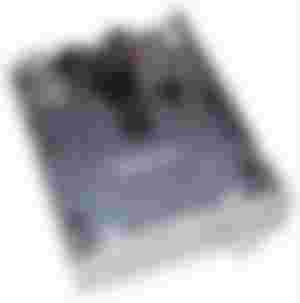
GRAPHIC CARD
A graphics card is a part of your computer that allows you to display an image on a monitor.
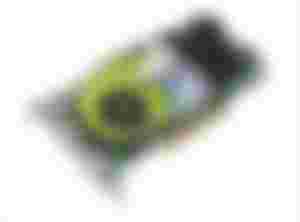
Like all other parts of a computer, it is connected to the motherboard, and the monitor is connected to the graphics card. The speed at which the image is displayed on the monitor depends on the speed of the graphics card. Graphics card maximum W will affect the comfort of computer. Depending on the monitor, you should also choose a graphics card.
It should be understood that all graphics cards will work with all monitors, but that depending on the characteristics of the card (RAMDAC, 3D, TV, etc.) and the amount of memory, their capabilities also depend. As a rule, more expensive cards run at a higher clock speed, so they are faster, which greatly affects the speed of the computer. On the other hand, the amount of memory is crucial for the resolution and number of colors, and 3D functions increase the speed of programs from that domain (3D graphics, games, etc.).
SOUND CARD
As its name suggests, a sound card allows you to play the sound that your computer produces.
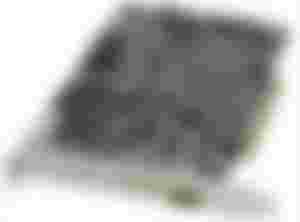
The sound card is located (more often) in the case, today it is often installed on the motherboard, but there are also external USB versions.
MODEM
Modem ( modulator-demodulator ) is a computer component whose purpose is to receive and send data over the Internet. With the help of a modem, you can also receive and send a fax. In order to gain access to the Internet, it is necessary that a computer has a built-in modem when accessing the Internet. You also need a telephone line (the most common type of connection), which is connected to a computer via a modem.
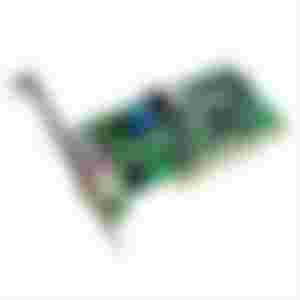
MONITOR
A monitor is a device through which we can get data from a computer on its screen. It allows two types of output, in text and graphic form.
Text form is a form in which information from a computer is obtained in written form using letters, numbers and other special characters.
The graphic form of the output is the output in the form of a graph displayed on the screen. Computer graphics can be different and are most often divided into: business computer graphics, scientific graphics and computer game graphics.
If we plan to spend most of the day in front of the monitor, then we will not save money and we will buy a better quality monitor. The quality of the monitor is reflected in the geometry, maximum resolution and refresh rate.
Types of monitors according to the production technology:
- cathode ray tube screens (CRT monitors),
- liquid crystal displays (LCD monitors),
- electroluminescent screens,
- gas - plasma screens.
KEYBOARD
The keyboard connects between the computer and the user. Used to manually enter letters, numbers, and special characters into the central unit. The choice of keyboard is made on the basis of quality, because it (together with the mouse) has the greatest impact on comfortable work. Habit is usually crucial in deciding which keyboard to choose - depending on the softness and sound that is created by pressing a key (click), as well as the shape and layout of individual keys. The genuine IBM keyboard is recognizable for its pleasant and reliable operation. The number of keys on the keyboard ranges from 84 to 130 (standard 101).
MOUSE
A mouse is a device that can be used to enter data into a computer. Scrolling the background selects the exact position of what you want to enter into the computer. It usually has two or more buttons for selecting different functions. Special sensors monitor the movement of the ball, which is located on the underside of the mouse, and accordingly move the arrow on the screen. Simply pressing one of the mouse buttons can perform quite complicated actions and operations. Its use avoids the use of a large number of complex procedures and the memory of incomprehensible commands. Given the mechanism of action of the mouse as an input device can be: electromechanical and optical, and given the way it connects to a computer, the mouse can be: wireless (it can operate using infrared light or radio waves,
